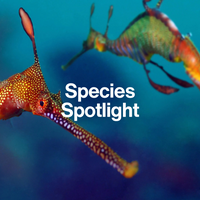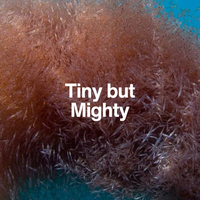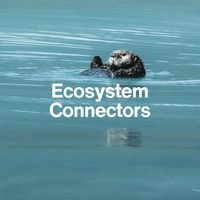The Spinning Wonders of the Micro World
Rotifers

Tiny wheels, big roles—rotifers are microscopic marvels that keep freshwater and coastal marine ecosystems thriving.
Introduction
Small Size, Giant Tasklist
Rotifers may be barely visible, but their impact ripples through aquatic ecosystems. With crown-like cilia that spin like wheels, these tiny animals filter-feed on bacteria, algae, and detritus—helping purify water and sustain food webs.
They're some of the smallest multicellular animals on Earth—and among the most fascinating.

Ecological Role
Microscopic Cleaners and Feeders
Rotifers are both consumers and custodians of aquatic environments. They:
- Feed on bacteria and microalgae, helping control algal blooms
- Recycle organic matter and contribute to nutrient cycling
- Serve as essential prey for larval fish and invertebrates
- Form part of the microbial loop—a hidden but vital part of energy flow in marine and freshwater food chains
By turning waste into energy, rotifers keep ecosystems balanced at the microbial scale.

Fun Fact
Some rotifers are bdelloid rotifers, known for surviving tens of millions of years without sexual reproduction—an evolutionary mystery still baffling scientists.
Biology & Behaviour
Living Spirals of Life
Rotifers are tiny (50 µm to 2 mm), multicellular animals with specialised organs. They are most famous for their corona—a crown of cilia at the head that spins to sweep in food particles.
- Most live in freshwater, but some inhabit brackish and coastal marine waters
- They reproduce rapidly, often through parthenogenesis (females cloning themselves)
- They have a protective outer layer and a complete digestive system
- Some enter a state of dormancy (cryptobiosis) to survive dry or extreme conditions
Their structure is simple, but their survival strategies are anything but.

Threats & Challenges
Invisible Pressure
Rotifers thrive in balance—but that balance is fragile. Key threats include:
Ocean warming
temperature shifts affect their reproduction and population dynamics
Pollution
heavy metals, microplastics, and chemical runoff disrupt their delicate systems
Eutrophication
excess nutrients can change algal communities and reduce food quality
UV Radiation
increased exposure can damage cells and reproductive capacity
These small species can act as bioindicators of ecosystem health—when they struggle, the ecosystem often does too.
Did you know?
Some rotifers can survive complete dehydration for years by entering a state called cryptobiosis. When rehydrated, they “come back to life” and resume swimming—as if nothing ever happened.
Why They're Mighty
Micro Guardians of Water Health
Rotifers remind us that resilience doesn’t require size. These tireless filter-feeders quietly keep our waters clean, recycle nutrients, and power the first steps of the food chain.
Without them, much of aquatic life—including fish larvae and zooplankton—would lose a vital food source.
They may spin in silence, but their influence never stops.

Key Takeaways

NEXT SPECIES
Meet the Oxygen-Making Microbe of the sea: Cyanobacteria
They’re ancient, photosynthetic, and responsible for Earth’s first breathable atmosphere. Meet the microbes that changed the planet—and still power the sea.




